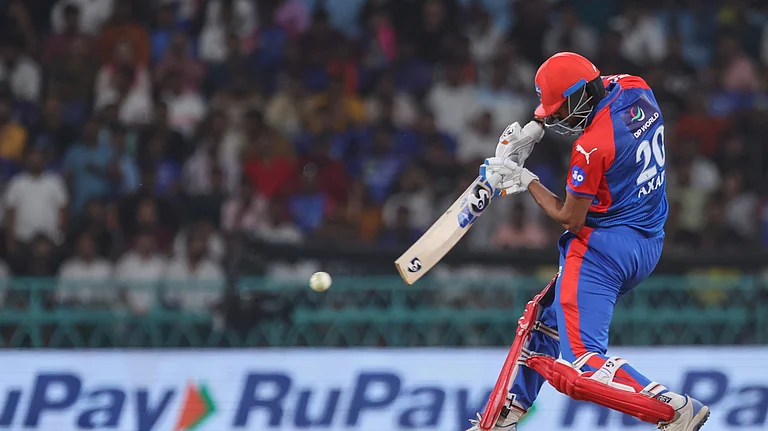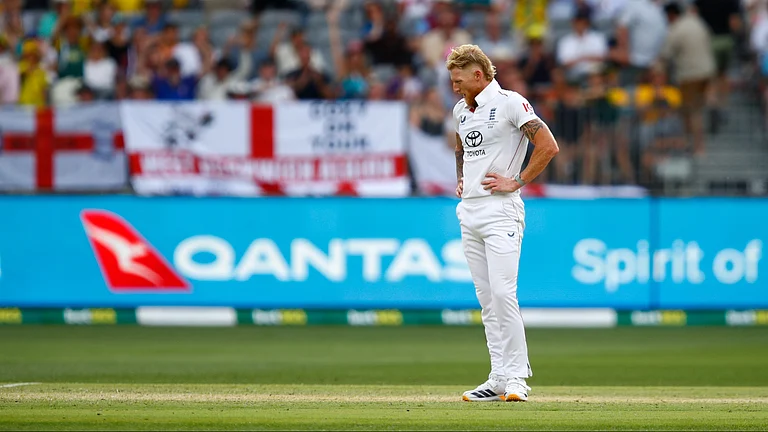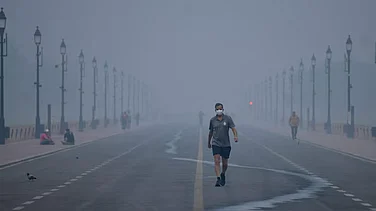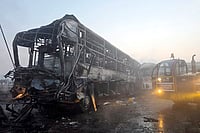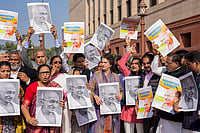The only thing worse than the raging Covid-19 pandemic in India is the utter failure of the Union Government and most of the states to build the capacity for dealing with the public health emergency.
Although the number of Covid-19 cases countrywide is well past three lakhs – a tenth of this is in Delhi – the epidemic is yet to peak. As the number of cases rises, the death toll too will surge.
Dealing with this surge, more than anything else, requires capacity for testing and treatment. Without expanding capacity, including by way of improvised field hospitals at least in Mumbai, Delhi, Ahmedabad and Chennai, it is certain that more people would die if not from the infection, then from lack of medical care. Paucity of both funds and infrastructure compounded by lack of testing kits is the most glaring aspect of the failure to build capacity. Equally important is the situation of the frontline healthcare workers, who are left to handle the crisis without adequate institutional support and resources. Many of them are not even paid adequately and in time; they are often denied even the required protective gear.
Thus, the Supreme Court tearing into the Delhi Government for the “deplorable” state of hospitals where patients and the dead are treated worse than livestock came as no surprise. The shortfall in health infrastructure is appalling. Besides, people are dying because they are being turned away by hospitals.
On the one hand, we have the Delhi Government announcing daily the number of hospital beds available. On the other hand, patients find hospitals pleading lack of beds and space, with bodies consigned to the floor. Reports on shortages of beds and ICU units are legion. Yet specific data is hard to come by. And, what the government puts out is misleading and unconvincing.
The initial phase of the lockdown was to check the spread of the disease and get ready for the inevitable rise in cases. The Delhi government failed miserably on both counts as evident from the increase in cases and failure to handle the surge seen in May-June. The requirements were grossly underestimated. In spite of multiple calls for increased testing, including from WHO, the testing rate was abysmally low for the population size.
An extensive, broad-based testing strategy from the start of the outbreak would have picked up positive cases across varied settings, provided a better estimate of the epidemic’s prevalence and prepared the Delhi government for the present surge. It would have also helped the government correctly estimate the numbers that would need hospitalisation, critical care, ICU beds and ventilators, and the healthcare personnel required.
But the government rejected the case for more testing by glibly saying that the testing rate was adequate for the situation. Thus, provision for enough testing equipment was not made central to creating the required healthcare capacity.
Belatedly, it ordered rapid test kits from China, most of which were faulty and of no use. Alongside this fiasco was President Trump's “offer” of free test kits from the US for which India was later billed about $2.8 million. (Similarly, India was quoted a figure for the ventilators to be “donated”).
At last, the testing rate is now being ramped up. Doubtless, this would be useful, as an ICMR study now hints at seven lakh infections in early May and concedes that India may have under-reported.
But, raising the testing rate now is not going to help in suppressing transmission. Nor is it of any practical use for creating the needed health infrastructure, when, regardless of official denials, there is a situation of community transmission, not only in Delhi, but all regions.
For all the bombast of Make in India and Aatmanirbhar, domestic manufacturers have been unable to meet the demand for rapid testing kits and ventilators. Efforts to mobilise them at home should have begun by end of January or early February when Kerala had already got its act together for facing the epidemic. The experience with SARS should have alerted India to the fact that SARS-COV-2 will hit the country soon.
All of these boil down to one simple truth: the gross underfunding of the public healthcare system in India. The shortage of doctors, healthcare workers, beds, ICUs, equipment (and its manufacturers) and all that goes into the making of an infrastructure for surviving an epidemic cannot be built overnight.
(The author is Editorial Consultant, WION TV. Views expressed are personal.)








